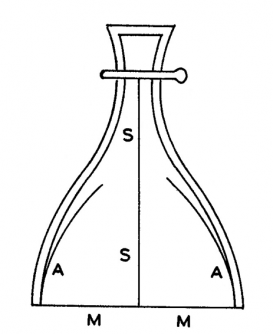This project investigates the transformation and co-production of soundscapes, technologies, and sound epistemologies on the Indian subcontinent. In the early twentieth century, South Indian Karnatic music underwent major transformations in its standing and performance before achieving its status as classical music. The changing social significance of music performance and performers in this period was closely related to new technologies of sound recording, reproduction, and amplification, as Amanda Weidman has pointed out (2006). Around the same time, the Indian physicist and later Nobel laureate Chandrasekhara Venkata Raman turned to the study of Indian musical instruments and traced “The Acoustical Knowledge of the Ancient Hindus” (1922). How did the work of Raman and other acousticians relate to the changing status and practice of Karnatic music, or for that matter to other musical genres and practices?

The “ectara.” A is the thick shell of a gourd that has been cut across in two places. Over the lower section is stretched a membrane M. A metallic wire S is attached perpendicular to the membrane at its center and kept stretched by a key.
(C. V. Raman, “The 'Ectara'” J Indian Math. Club 170-175 (1909), p. 443).
Project
(2017-2019)
